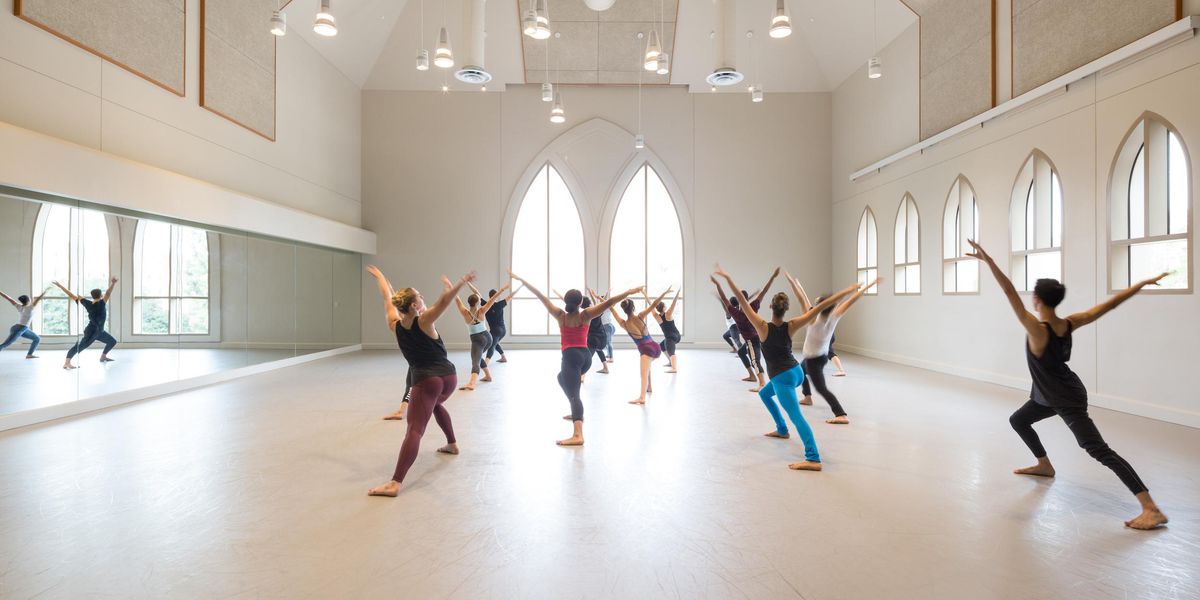Royal Danish Ballet: "The Golden Cockerel"
Copenhagen, Denmark
September 28–29, 2012
It is no small feat to make the recently built Copenhagen Opera House, a spaceship of an auditorium, seem warm and welcoming, but if a ballet can manage it, it’s the Royal Danish Ballet’s latest creation: Alexei Ratmansky’s Golden Cockerel, which had its world premiere in September. Ratmansky’s passion for ballet history is well-documented, and this time he looked to the Ballets Russes and unearthed The Golden Cockerel, the hit of Diaghilev’s 1914 Paris season with its Rimsky-Korsakov score and choreography by Fokine. This new version isn’t perfect, but the ballet is the kind of comic gem only Alexei Ratmansky knows how to spin: naïve and witty, silly and charming in equal measure, with the choreographic goods to match the humor.
This Cockerel has much in common with Ratmansky’s Little Humpbacked Horse for the Mariinsky Ballet, including a spunky heroine, a gullible monarch spoon-fed by a cohort of women, and a very clever animal. The production itself outshines the earlier Humpbacked Horse: the sets and costumes, inspired by Natalia Goncharova’s original designs, are a riot of color with their Russian-style motifs and a bright setting for this Pushkin-inspired folktale. The choreography, meanwhile, unfolds with joyous verve and is steeped in mime and folk dances, with a corps of court men and servants dressed in vibrant colors. Jokes abound, from the mock parade in Act II (complete with cardboard horse and camel) to a war council worthy of a children’s playground. There is comparatively little classical dancing for a full-length production, but what is there demonstrates once more Ratmansky’s ability to create inimitable characters through ballet technique. Interestingly, the cockerel challenges what we expect of Ratmansky’s style the most; the brisk jumps, nervous ports de bras and expressive poses (perched on one foot, chin slightly forward) are just right for this relative newcomer among ballet birds.
Thomas Lund as the Tsar. All photos courtesy Royal Danish Ballet.
As with many reconstructions, however, the narrative constraints inherited from the original libretto soon prove problematic. The Golden Cockerel’s is a strange, convoluted plot, in which an astrologer gives a magic rooster to a Tsar, meant to warn him of danger as he’s about to go to war with a neighboring kingdom. When the Tsar sees the Queen of Shemakhan, his rival, he falls in love and she humors him in order to get her hands on his empire. But the astrologer wants the Queen for himself; the Tsar tries to kill him, and in retaliation the cockerel pecks the monarch to death. The Queen flees, the astrologer rises unscathed, and the story is left at that—unresolved for both the characters and the audience.
With its range of acting talent, however, the Royal Danish Ballet milks every one of those quirky characters. Gudrun Bojesen, one of the company’s best Sylphs, proves her versatility in the role of the Queen, hilariously snobbish as a seductress who knows her power, and Ratmansky uses her pliant feet to marvelous effect in sequences of little skips on pointe and deep, sudden pliés. Thomas Lund, who retired the day after this performance (look for a “Transition” in the January issue), made a clueless, doting Tsar, affectionately nurtured by Lis Jeppesen as his housekeeper, and Lena-Maria Gruber brings a dark, compact intensity to the role of the magic cockerel. This Cockerel is the kind of children’s ballet adults can love, too. And it’s the perfect antidote to a grey Copenhagen day, so here’s hoping Ratmansky can tinker with it until all the elements come together.
Pictured at top: Amy Watson as the Queen.




